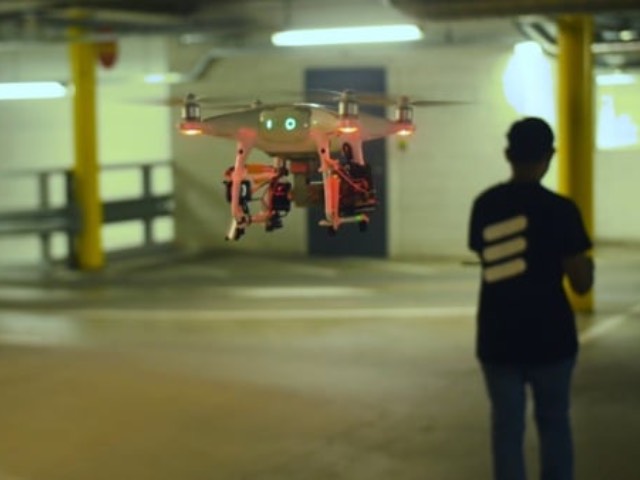Communication plays a vital role in emergency response and disaster relief. Extended, flexible and agile network coverage literally saves lives. An Ericsson proof of concept (PoC) innovation – a temporary cellular network mounted on drones and easy to deploy – could make a major difference to first responders by enabling the network to track them wherever they go, outdoors or indoor, regardless of terrain.
In times of natural disasters or in remote areas, an existing network might fail to provide necessary coverage and capacity, hindering critical or field operations.
Ericsson has conducted a successful proof of concept trial where a 150g cellular network, about the size of a smartphone, was mounted on a drone and deployed to provide mission-critical voice and video connectivity services in areas with poor or zero network coverage.
ERICSSON INNOVATION
Ericsson innovators set themselves a challenge: imagine if field forces are equipped with portable cellular networks that can be carried around anywhere they go, are easy to deploy in a plug-and-play style and have the flexibility to provide dynamic coverage to track the movement of first responder personnel. Such capabilities could make a big difference in saving lives and property during emergency or disaster situations.
The solution? The equipment for a cellular network doesn’t have to be as big as a regular base station, which can be about the size of a refrigerator. A cellular network could be similar in size to a mobile phone and mounted on a drone to provide mobile coverage. The result was a moving, end-to-end network of 150 grams, without battery. The lightweight network comprises both radio and a packet core, enabling the system to act in isolated mode, without connectivity to a backhaul and the internet.
The demo was developed using commercially available hardware and software products and solutions. Ericsson Research professionals modified the products by integrating several software components. They created a compact hardware design and battery power supply for attaching all equipment to a drone. The system trial flight times averaged between 10-15 minutes.
DEPLOYABLE SOLUTIONS
Ericsson teams are pressing ahead with testing and refinement with the aim of pushing boundaries and meeting market needs. There is a growing demand for deployable solutions, also known as deployables, which are mobile communication assets for supporting public safety operations such as firefighting, emergency medical services and disaster relief.
Manuel Ruiz, Global Head of Mission Critical Networks, Ericsson, says: “We’re proud to demonstrate the prospects of a lightweight and fully isolated network that can provide reliable and secure communications for emergency response, disaster relief or public safety. This solution will be able to support advanced 5G use cases such as video streaming for real-time situational awareness.”
He adds: “We are in constant dialogue with communication service providers and their public sector users. Deployable solutions are a fervently discussed topic. We have shown that the use of drones can have great benefits.”
WANT TO SEE IT IN ACTION? HERE’S A SHORT VIDEO OF THE DEPLOYABLE NETWORK ON A DRONE.






































